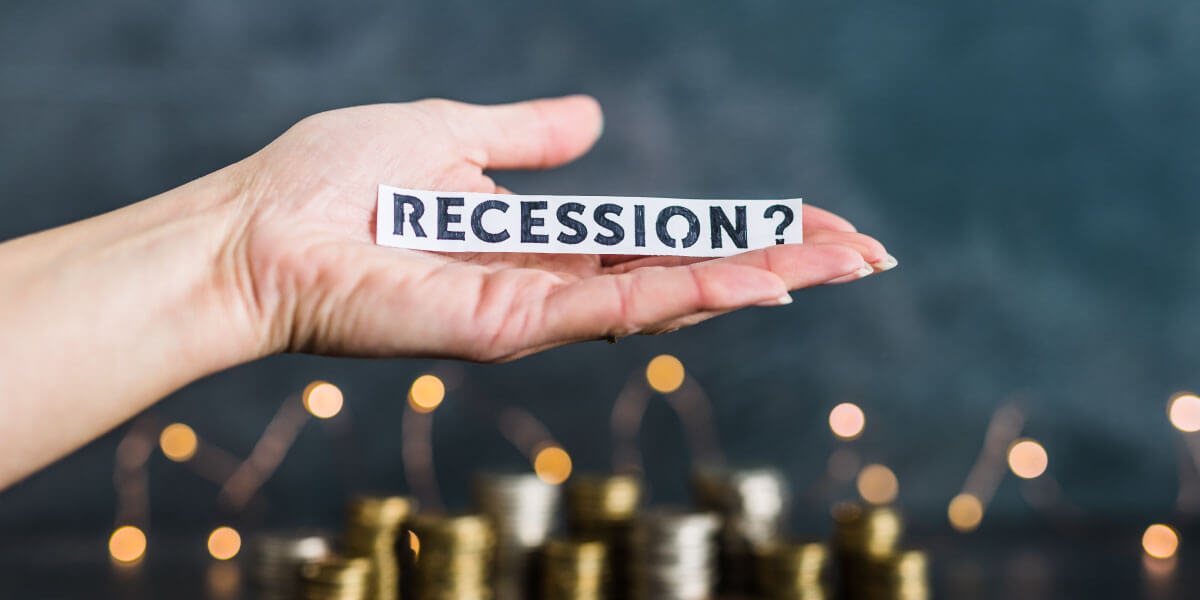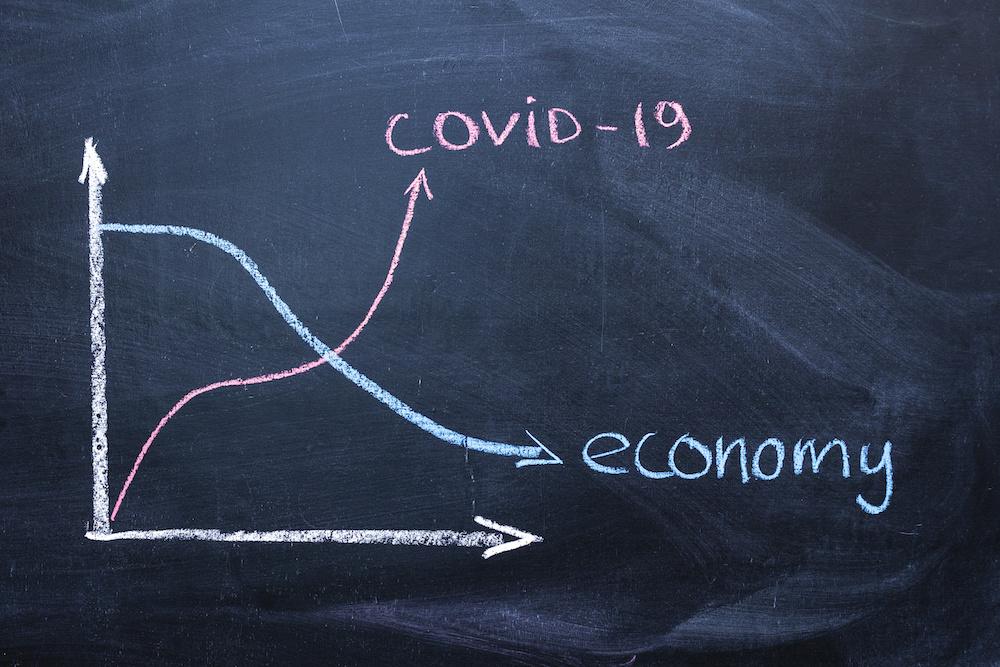In 2023, After Germany, New Zealand Enters Recession; What Are The Probabilities Of Other Countries Entering Recession? How Many Times Has The World Seen A Recession?
Like the ebb and flow of economic tides, recessions have plagued nations throughout history. They are tumultuous periods marked by economic decline, rising unemployment, and decreased consumer spending. Recent news of Germany and New Zealand facing recession has brought this economic phenomenon into focus once again.

The world’s fourth-largest economy, Germany entered a technical recession after its GDP fell for the second consecutive quarter; New Zealand, too, has been reported to have officially entered recession, with the economy shrinking 0.1% in the last quarter.
The economic downturn was exacerbated by the effects of extreme weather that hit the country through February and March, devastating some of New Zealand’s key fruit and vegetable-growing regions and causing extensive damage to the road network.
Economists and analysts have predicted the following countries’ probability of falling into a recession:
1) Italy has a 60% probability of falling into a recession
2)United Kingdom has a 75% chance of falling into a recession
3) The United States, the world’s largest economy, has a 65% probability
4) Canada has a 60% chance of falling into a recession
5) France is predicted to have a 50% probability
However, there is some good news for India, it has Zero probability of facing recession, and this positive outlook also favours Indonesia, China, Brazil, and Saudi Arabia.

The Frequency Of Recession
Recessions are not isolated events but rather a recurring feature of the global economic landscape. Since the birth of modern economics, numerous recessions have left their mark on nations across the world. From the Great Depression of the 1930s to the more recent global financial crisis of 2008, these economic downturns have tested the resilience of nations and shaped the course of history.
If we want to comprehend the frequency of recessions, we must first understand their nature. Recessions are generally defined as periods of significant economic decline characterized by negative GDP growth for two or more consecutive quarters. However, the causes of recessions can vary, ranging from financial crises and bursting asset bubbles to shifts in government policies or global economic imbalances.
Recessions do not discriminate and have affected nations on every continent. In North America, the United States has experienced numerous recessions, including the aforementioned Great Depression and the more recent 2008 financial crisis. Europe, too, has witnessed its fair share of economic downturns, with countries like Germany, the United Kingdom, and Spain grappling with recessions at different points in time.
Moving eastward, Asia has also been susceptible to recessionary waves. Japan, for instance, faced a prolonged period of economic stagnation during the 1990s, commonly referred to as the “Lost Decade.” Meanwhile, emerging economies such as India and China have experienced both localized and global recessions as they integrate into the global economic system.
Recessions have far-reaching consequences, affecting not only economic indicators but also societal well-being. Rising unemployment, shrinking incomes, and reduced business activity create a domino effect, leading to social unrest and increased inequality.
Here Are Some Of The Recession Periods That The World Has Seen
The Great Depression (1929-1939),
The Great Depression, one of the most severe economic crises in history, began with the stock market crash of 1929. The subsequent decade witnessed a sharp decline in global trade, mass unemployment, and widespread poverty. Factors contributing to the Great Depression included excessive speculation in the stock market, weak banking regulations, and a lack of effective government intervention. The depression lasted until the onset of World War II, during which massive government spending and military mobilization stimulated the economy.
Post-War Recession (1945-1949),
Following World War II, many nations experienced a post-war recession characterized by a transition from wartime production to peacetime economies. Demobilization led to a decline in government spending and a temporary rise in unemployment rates. However, the post-war recession was relatively short-lived, as reconstruction efforts, the baby boom, and technological advancements fueled economic growth in subsequent years.
Oil Crises (1973-1975 and 1979-1982),
The 1970s witnessed two major oil crises that triggered recessions across the globe. The first oil crisis occurred in 1973 when the Organization of Arab Petroleum Exporting Countries (OAPEC) proclaimed an oil embargo against countries supporting Israel in the Yom Kippur War. The sudden rise in oil prices resulted in inflation and reduced consumer spending, leading to a recession. The second oil crisis, in 1979, was sparked by the Iranian Revolution and subsequent disruptions in oil supply. Coupled with high inflation and tight monetary policies, this crisis further exacerbated economic woes, particularly in the United States.
Dot-Com Bubble Burst (2000-2002),
The late 1990s and early 2000s saw a surge in investment in internet-based companies, leading to the “dot-com bubble.” However, the bubble eventually burst in 2000, resulting in a recession that lasted until 2002.
A significant market correction was due to overvaluation and excessive speculation of tech stocks, causing widespread bankruptcies and job losses. The fallout from the burst bubble profoundly impacted the technology sector and investor confidence.
Global Financial Crisis (2007-2009),
One of the most recent major recessions, the global financial crisis, began with the collapse of the subprime mortgage market in the United States in 2007. However, this crisis quickly spread to financial markets worldwide, leading to a severe global recession until 2009. Banks faced insolvency, housing markets crashed, and unemployment rates soared; most governments intervened with massive bailouts and stimulus packages to stabilize the financial system and stimulate economic growth.
Post-Global Financial Crisis Period,
Many countries experienced sluggish economic recoveries and persistent challenges following the global financial crisis. Some nations implemented austerity measures to address high levels of public debt, leading to prolonged periods of economic stagnation. Others employed expansionary monetary policies and fiscal stimulus to jumpstart growth.
In the years that followed, the global economy gradually regained its footing. Despite occasional slowdowns and regional recessions, such as the Eurozone crisis in 2011-2012, overall global economic growth resumed. Technological advancements, increased international trade, and emerging markets played significant roles in driving this recovery. However, the uneven distribution of wealth and income inequality remained ongoing concerns, fueling social and political debates.

COVID-19 Pandemic Recession (2020-2021)
The most recent recession, and arguably one of the most impactful, was triggered by the COVID-19 pandemic. In early 2020, as the virus rapidly spread worldwide, countries implemented strict lockdowns and travel restrictions to contain the contagion. These measures led to widespread business closures, disruptions in supply chains, and a sharp decline in consumer spending.
The COVID-19 recession caused a global economic contraction, with GDP plummeting in many nations. Industries such as travel, hospitality, and retail were particularly hard hit, resulting in soaring unemployment rates. Governments responded with unprecedented fiscal stimulus packages to support businesses and individuals affected by the crisis.
As vaccinations became more widespread and restrictions eased, economies began to recover, albeit at different paces.
However, in the current, some of the world’s largest economies have entered a recession or are poised to step in that direction.
The Last Bit, As Germany and New Zealand navigate their respective recessions, it is important to recognize that economic downturns are a recurrent reality across the globe. From North America to Asia, no nation is impervious to the ebb and flow of economic cycles.



